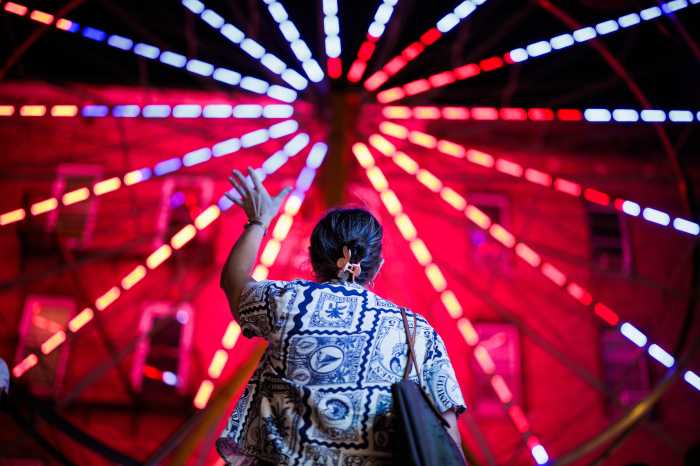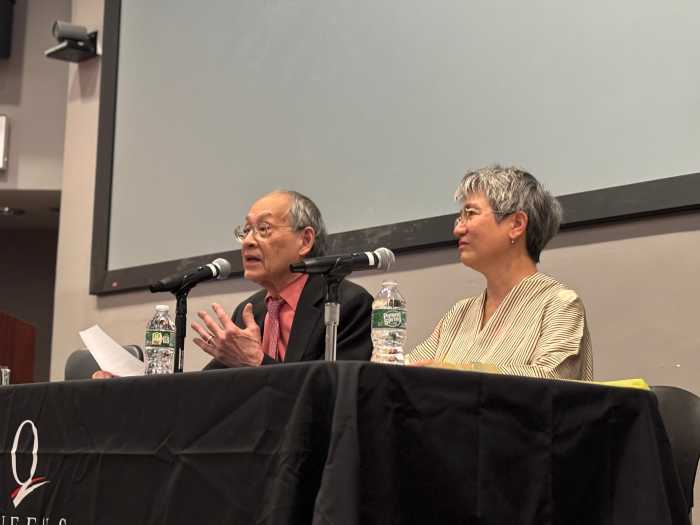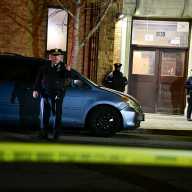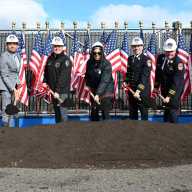By Alan Krawitz
Vivian Rattay Carter has lived all around New York City from Astoria and Tribeca to Park Slope and Riverdale. But once she moved to Rockaway Beach in 1994, she realized she couldn’t live anywhere else.
And while many city residents develop an affinity for where they live, few document that affection with a book.
Carter’s recently published “Images of America: Rockaway Beach” from Arcadia Publishing, tells the story of Rockaway Beach with more than 200 rare and never before published photos that chronicle the area’s heyday back in the early 20th century when New Yorkers flocked to the beach for fun, sun, rest and relaxation.
A retired lawyer and teacher with the NYC Teaching Fellows program, Carter said that with her book she hopes to show how the community was able to build schools, churches and recreational centers while also maintaining a thriving summer resort prior to the peninsula’s takeover by the city shortly after Rockaway Beach’s founding in 1897.
“At one time, Rockaway Beach was such a thriving resort that people were able to make enough money during the summer season to last them for the entire year,” Carter noted.
The focus of the book, published only weeks before the 115th anniversary of Rockaway Beach’s founding on July 1, was kept intentionally narrow, said Carter, spotlighting the areas of Seaside, Holland and Hammels while including many previously unpublished photos dating back to the 1880s and 1890s.
The book also details the lives of forgotten Rockaway pioneers such as Fannie Brush Holland, who operated a local hotel for many years.
Carter, who holds a degree in journalism from Northwestern University and also writes a monthly column for the venerable The Wave weekly newspaper, said the idea for the book basically sprang from her discovery of a box of rare photos at the First Congregational Church in Rockaway Beach, where she is a lay leader.
“I found the materials in a box and I was blown away,” she recalled. “They saved everything from the original copy of the minutes from when the first Sunday school was formed to documents showing recent baptisms.”
Some of the photos Carter found included those of volunteer fire departments, girls’ basketball teams, as well as pictures from the entire community.
In addition, Carter supplemented the pictures from the First Congregational Church with photos from archives of The Wave newspaper, which was founded in 1886.
“I literally only scratched the surface of The Wave’s photo archives,” she said. “There was tons of material on all of the Rockaway Peninsula including Far Rockaway, Arverne, Neponsit and Belle Harbor.”
While conducting part of her book research from 2009 to 2011, Carter noted that one of her sources, a local Rockaway historian, who also writes a column in The Wave, confided that he made it a habit to “stay away from controversy.” That, said Carter, meant not discussing some of the area’s well-documented problems, such as desolation of the housing stock in Rockaway Beach, Belle Harbor and Breezy Point.
But, she noted that generations of police, fire fighters and many of the city’s civil servants still make their home in the Rockaways and that the area’s beaches combined with a revived interest in local surfing has helped to revitalize the area and start to reclaim some tourism that has been missing for many years.
Underscoring the area’s popularity in the 1880s and 1890s, Carter related a story of the never-opened super-luxury Rockaway Beach Hotel, built in 1881. “It was four city blocks long and at the time was to be the largest hotel in the world,” she said. The hotel never opened due to a series of bureaucratic snafus and materials from the hotel were used to build neighborhood structures.
“If my book does nothing else,” said Carter, “I hope that other researchers will take the material and use it as a springboard to find out why, for example, we have a tidal wave of government and private facilities that have been seemingly dumped in the Rockaways.”
Carter, who is active in her church as well as a member of the Rockaway Civic Association, said she would like the book to inspire people to become more civically active in the Rockaways.
Rockaway Beach is available at area bookstores or through Arcadia Publishing at www.arcadiapublishing.com or (888)-313-2665. For more information on Vivian Rattay Carter, visit www.rockviv.com.




































